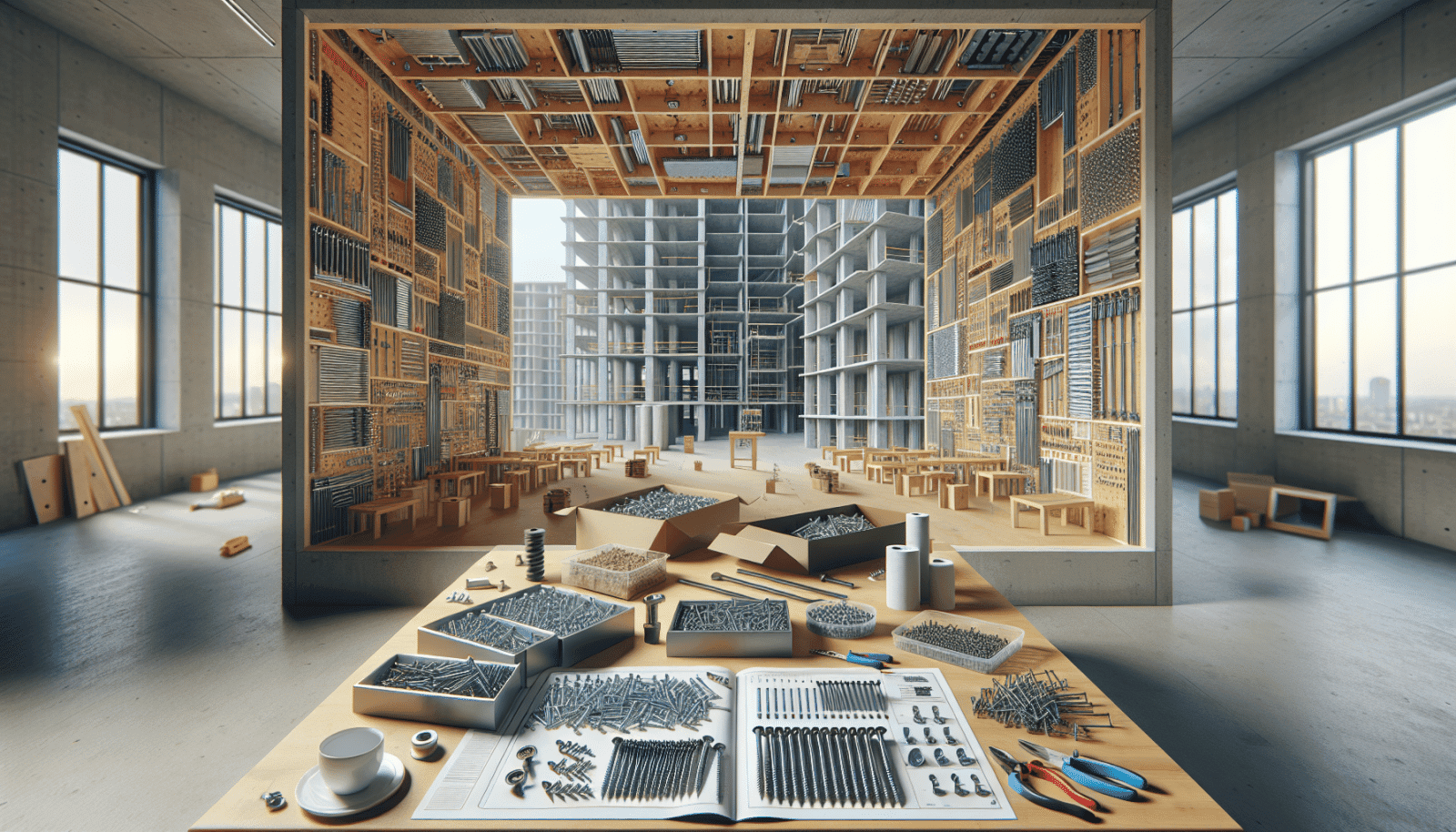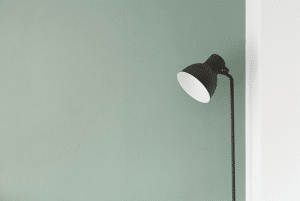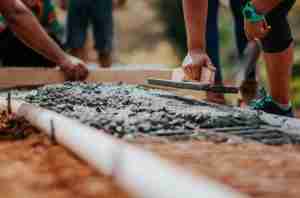Utah Drywall & Repair, here! We know that every construction project requires the right tools for success. That’s why this article will help homeowners like you understand the essential drywall Screws and fasteners needed for your next project. We’ll make sure you’re well-prepared and confident in your choices.
Why Are Fasteners Crucial in Drywall Installation?
When it comes to drywall installation, choosing the right fasteners can make or break your project. Fasteners hold your drywall securely to the framing, ensuring that the walls remain sturdy and durable over time.
Fasteners also contribute to the aesthetics of your finished walls. Properly selected and installed fasteners help to prevent issues like popped screws and cracks, which can ruin the appearance of your new walls and lead to costly repairs down the line.
Different Types of Drywall Screws
Drywall screws are specifically designed to hold drywall sheets in place. Each type of screw serves a different purpose, so knowing the options available is crucial.
Coarse-thread drywall screws are commonly used for attaching drywall to wood studs. Their deep threads provide excellent holding power, making them a popular choice among homeowners and professionals alike.
Fine-thread drywall screws, on the other hand, are best suited for metal studs. Their finer threads offer a smoother entry into metal, reducing the risk of stripping and ensuring a secure hold.
Understanding Drywall Anchors
Drywall anchors are another important component in drywall installation. They provide added support and stability for items that need to be mounted on drywall surfaces.
Anchors are available in various styles and sizes, each suited for different applications. Some are designed for light loads, while others are capable of supporting heavier items like shelves and television mounts.
When to Use Self-Drilling Screws
Self-drilling screws are particularly useful for certain drywall tasks. These screws feature a drill bit-like tip that allows them to be driven directly into the material without the need for a pre-drilled hole.
Self-drilling screws are ideal for speeding up the installation process. Whether you’re working with wood or metal, self-drilling screws can save you time and effort during your project.
Choosing the Right Screw Length
Selecting the right length for your drywall screws is critical. If the screws are too short, they may not provide a secure hold. Conversely, screws that are too long can penetrate too deeply, causing damage or instability.
The general rule of thumb is to choose screws that are long enough to penetrate at least 1 1/4 inches into the studs. For example, when attaching 1/2 inch drywall to wood studs, 1 5/8 inch screws are typically ideal.
How to Prevent Screw Pops
Screw pops are a common issue in drywall installation, but they can be prevented with the right techniques and tools. Screw pops occur when screws back out from the drywall, causing visible bulges under paint or wallpaper.
To prevent this, ensure that screws are driven just below the surface of the drywall without breaking the paper face. Using a drywall screw setter can help you achieve the perfect depth for each screw, reducing the likelihood of screw pops.
Utilizing Drywall Clips
Drywall clips are a helpful accessory for certain drywall installations. They provide additional support, especially in areas where traditional framing isn’t possible or practical.
Drywall clips can be used to secure drywall edges, reducing the need for additional studs. This makes them a versatile and cost-effective solution for various construction projects.
Pros and Cons of Using Nails vs. Screws
While drywall screws are the preferred choice for most installations, understanding the pros and cons of using nails is beneficial.
Strength and Durability: Drywall screws offer superior holding power and are less likely to loosen over time, ensuring a long-lasting installation. Ease of Use: Nails can be quicker to install but may not provide the same level of security as screws. Cost: Drywall nails are typically less expensive than screws, making them an attractive option for cost-conscious homeowners. Repair and Maintenance: Screws are easier to remove and replace if repairs are needed, whereas nails can be more challenging to extract without causing damage. Application Suitability: Screws are better suited for securing drywall to metal studs, while nails might be more convenient for wood framing in certain scenarios.
Tips for Using a Screw Gun
A screw gun can significantly speed up your drywall installation process. Here are some tips for using this handy tool effectively.
Start by setting the depth of the screw gun to ensure that screws are driven to the correct depth. This will help prevent issues like screw pops and over-penetration.
Be sure to maintain consistent pressure on the screw gun while driving screws. This will help you achieve a uniform finish, giving your drywall installation a professional look.
Conclusion
Understanding the essential drywall screws and fasteners can make a significant difference in the success of your construction project. If you have any more questions or need professional drywall Services, feel free to contact Utah Drywall & Repair by phone #801-406-6350 or Request a Free Quote.




